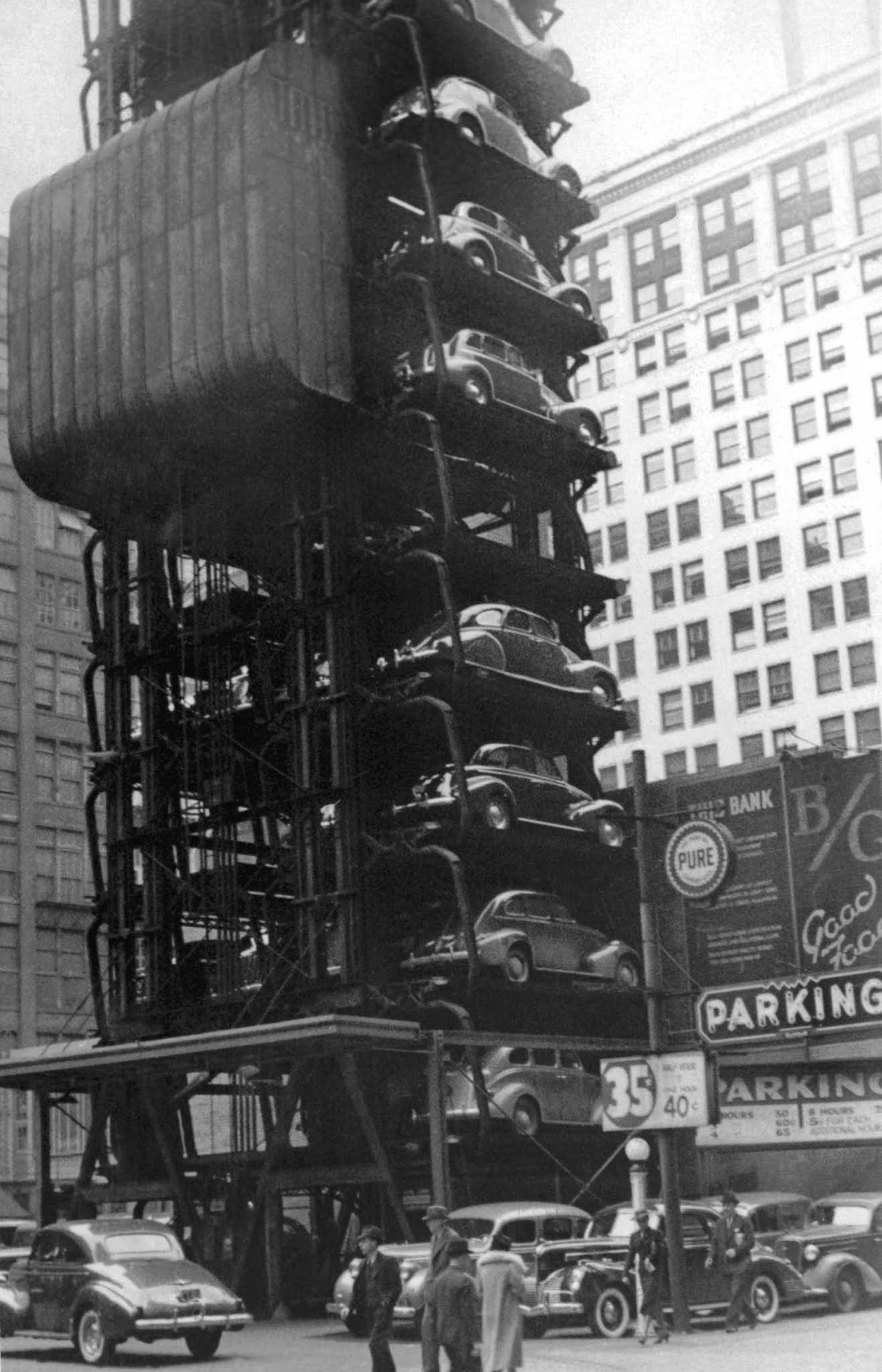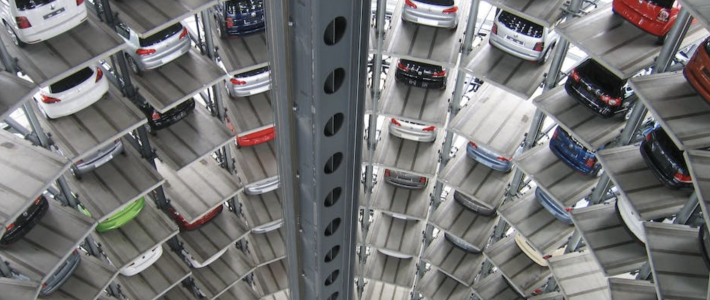I was thinking about how to make a space-only freighter ad efficient as possible to load and unload. But also taking into account that to fully use all available cargo space you have to store your freight basically container to container. And if you do that, how do you that with limited dock space at a station?
I think first some caveats:
1) containers are going to be the top choice of moving cargo. Its efficient and allows for it to move from warehouse to warehouse before you have to crack the seals. So that's just like containers today (also allows them to be on truck and rail, or their 52nd century equivalent).
2) containers will be standard size. Large freight lines will most likely standardize on 5 and 10dton sized ones. They are well sized to move most items and are a good match as we've seen from terrestrial modern equivalents.
3) smaller freighters would handle the 5 ton ones, and maybe for smaller locations you'd get as small as 3 dton. That's reasonable sized to allow smaller ships to easily handle them.
4) space docks are going to have limited space to allow a ship to remove cargo if they need to get containers at the back. A good load master will load it in the order it would come off, but new cargo to be loaded can potentially fill up any spaces you just removed. So how to be able to access older cargo as you make your route (assuming you aren't point to point)?
5) stations will have limited surface space to allow for physical docks. So ship forms that are longer than they are wider, and load from the nose seem the best suited for space-only loads.
Right now the most efficient design I'm coming up with is a ship that stores containers in a rotary like mechanism, with the cargo in the outer rim and the center where crew, engineering and fuel are stored. Think of it like a ferris wheel, except cargo containers instead of people pods. Since traveller only counts internal hull displacement, the fact that you have a large circular portion with empty space in the middle, you don't lose any displacement volume to such a design - just what you have enclosed in the hull area.
This is kind of equivalent of a container ship, taking into account you are in space and your cargo can't be exposed to vacuum (cheaper to buy regular containers than always using vacuum rated ones-plus zero g can make a mess of stored cargo).
Gaming wise few, if any, go to this level of detail. 40 tons cargo always magically fills the space and nobody cares about how it's stored or loaded/unloaded - it's just a number.
What got me thinking was the practicality of a design, and that drives how ships are built and how they look. And that drives deck plans and, if you get to it, how boarding and other actions may play out. Especially if you are using miniatures and like to game at that level.
So if anyone else was trying to design a ship that would have to follow real world limitations and operational limitations, how would you make it?
I think first some caveats:
1) containers are going to be the top choice of moving cargo. Its efficient and allows for it to move from warehouse to warehouse before you have to crack the seals. So that's just like containers today (also allows them to be on truck and rail, or their 52nd century equivalent).
2) containers will be standard size. Large freight lines will most likely standardize on 5 and 10dton sized ones. They are well sized to move most items and are a good match as we've seen from terrestrial modern equivalents.
3) smaller freighters would handle the 5 ton ones, and maybe for smaller locations you'd get as small as 3 dton. That's reasonable sized to allow smaller ships to easily handle them.
4) space docks are going to have limited space to allow a ship to remove cargo if they need to get containers at the back. A good load master will load it in the order it would come off, but new cargo to be loaded can potentially fill up any spaces you just removed. So how to be able to access older cargo as you make your route (assuming you aren't point to point)?
5) stations will have limited surface space to allow for physical docks. So ship forms that are longer than they are wider, and load from the nose seem the best suited for space-only loads.
Right now the most efficient design I'm coming up with is a ship that stores containers in a rotary like mechanism, with the cargo in the outer rim and the center where crew, engineering and fuel are stored. Think of it like a ferris wheel, except cargo containers instead of people pods. Since traveller only counts internal hull displacement, the fact that you have a large circular portion with empty space in the middle, you don't lose any displacement volume to such a design - just what you have enclosed in the hull area.
This is kind of equivalent of a container ship, taking into account you are in space and your cargo can't be exposed to vacuum (cheaper to buy regular containers than always using vacuum rated ones-plus zero g can make a mess of stored cargo).
Gaming wise few, if any, go to this level of detail. 40 tons cargo always magically fills the space and nobody cares about how it's stored or loaded/unloaded - it's just a number.
What got me thinking was the practicality of a design, and that drives how ships are built and how they look. And that drives deck plans and, if you get to it, how boarding and other actions may play out. Especially if you are using miniatures and like to game at that level.
So if anyone else was trying to design a ship that would have to follow real world limitations and operational limitations, how would you make it?


